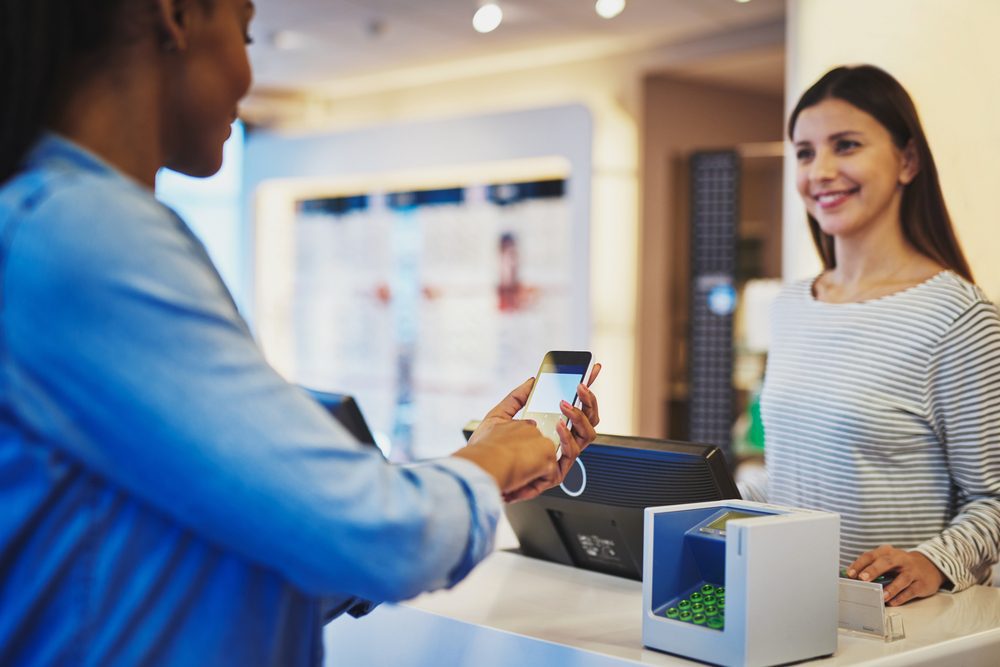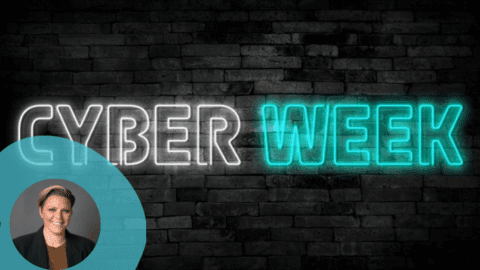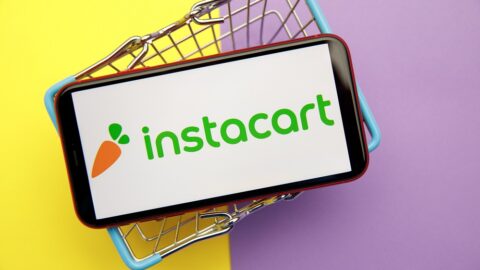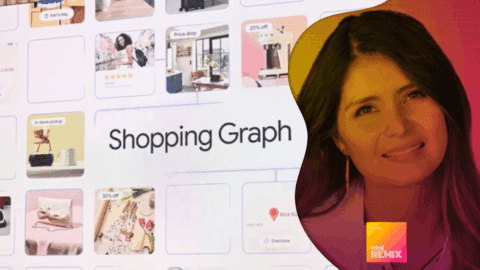Shoppers still enjoy the in-store shopping experience: 46% prefer to make purchases in a physical store, compared to 35% on laptops and 18% through mobile devices, according to the Shopper-First Retailing report by Salesforce and Publicis.Sapient. The study drew on a multi-country survey of 6,000 consumers, e-Commerce shopping data and mystery shopper audits.
One key finding is that the increasingly fragmented and complex shopper journey is causing traditional retailers to lose ground, both to direct sales by brands and larger marketplaces:
- Brands: Product quality (60%) was the top reason for buying directly from a manufacturer, followed by product innovation (58%) and product uniqueness (48%);
- Marketplaces: Shoppers like to browse marketplaces when on the lookout for the best price (56%), product variety (51%), product availability (50%) or inspiration (48%); and
- Retailers: Customer service (57%) was the only reason shoppers prefer traditional retailers.
Customer service is the one area where customers prefer retailers, so retailers must ensure that that demand is met, according to Robert Garf, VP of Industry Strategy and Insights at Salesforce Commerce Cloud. While 64% of consumers feel brands don’t know who they are, knowledgeable store associates can go a long way toward making them feel welcome.
“The challenge with that is we’re not necessarily arming the associates with the right information, the right data or the right intelligence to provide that service,” said Garf during an event held by Salesforce in New York City in July. “Also, retailers are squeezing labor as much as possible, and in many cases it’s difficult to find service on the floor.”
Beyond customer service, retailers need to understand what shoppers are looking for both in-store and online. This means being where they are, keeping the experience fresh and making interactions meaningful.
Modern Shoppers Are Always Connected
The ubiquity of mobile devices means they are now a standard part of the brick-and-mortar shopping experience: 83% of consumers between the ages of 18 and 44 use a mobile device when visiting a physical store. While the share falls to 71% among shoppers of any age, that number is up from 62% in 2017. The top uses for smartphones in-store include:
- 36%: Compare prices;
- 29%: Research products;
- 28%: Take a photo of a product; and
- 25%: Read a product review.
“Mobile acts as the remote control to our daily lives, which we use to tie together both our virtual and our physical shopping,” said Garf. “That’s, at the end of the day, given consumers a lot more choice in this time-starved world.”
Retailers also should consider the growing importance of voice: the study found that 70% of smart speaker owners used voice at least once in a shopping activity during the last three months. The technology was tapped at multiple points across their journey, from initial research to order tracking, and Garf noted that retailers are still learning how they can jump into these interactions.
Shoppers Know What They Want From A Retail Experience
What shoppers seek from retail visits differs by channel. In the case of brick-and-mortar stores, this means immediately providing them with what they want: 78% of shoppers want to leave the store with a product. This still leaves space for showrooms, however: 80% of customers are willing to walk out of a store if they will receive their product within 24 hours, according to Garf.
For e-Commerce, shoppers almost always want to see something unique. Three-quarters of site search queries are unique every month, and 69% of shoppers want to see brand new merchandise every time they shop. Additionally, 59% of shoppers say they’re more likely to buy from brands that offer customized products, such as American Girl, adidas and Lacoste.
Personalization also is a powerful tool, and can add meaning to otherwise routine e-Commerce transactions. While just 6% of retail web site visits include AI-powered recommendations, they account for 37% of revenue.
Mobile also can help retailers connect with shoppers. Garf noted that Lacoste runs a WeChat store, which helps the retailer “break down the barrier between inspiration and purchase.” In-app stores don’t have to be complicated — retailers simply need to put themselves where potential customers will be watching.
“They’re not necessarily looking for that extremely intimate and experiential shopping environment in WeChat,” said Garf. “They’re just looking to have it embedded in the thing they use multiple hours per day.”
The study drew from a survey of 6,000 consumers in the U.S., Canada, Australia, Germany, France and the U.K.; e-Commerce shopping data from 200 million aggregated service cases from Nov. 21 to Dec. 31, 2017; and mystery shopper audits of 70 U.S. and U.K. retailers between April and June 2018.













